How to Build a Custom App for Kids: Types and Development Tips
Kids love technology. They spend hours playing games and watching videos on smartphones and tablets. For both parents and app developers, it’s important to make this experience safe, fun, and useful. Entertainment and learning apps for kids give infinite possibilities for entertainment and learning.
Why develop an app for kids
There are lots of kids’ shows on TV, schools are using tablets in education, and parents sometimes can’t find any other way to quiet their child at a restaurant than to give them a smartphone. These are just tiny examples of how connected children are to technology. Each year, this connection is becoming tighter.
Today, 53% of three- to four-year-olds use tablets and smartphones to go online. For five- to seven-year-olds, this number is 79%, while 99% of those aged twelve to fifteen are online
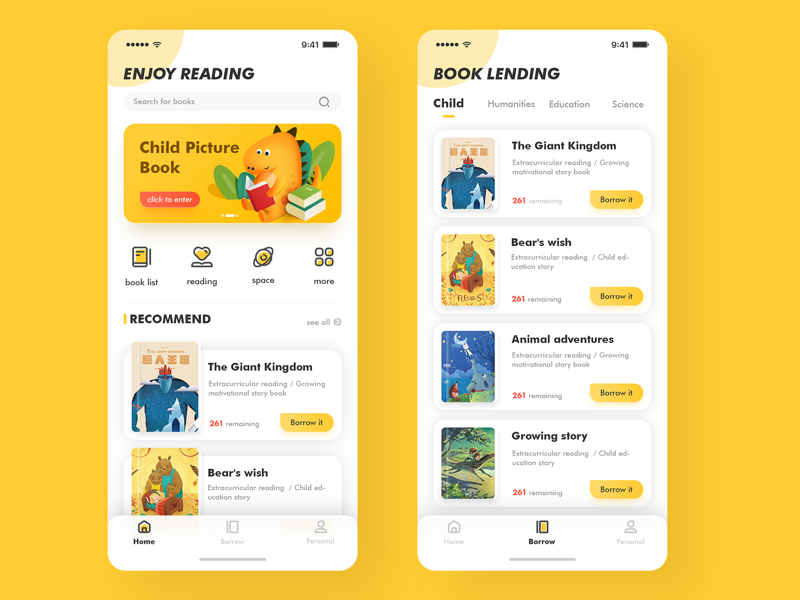
According to SellCell, children start using mobile phones relatively young: around 40% of US parents give children their own cell phones by the age of 10.
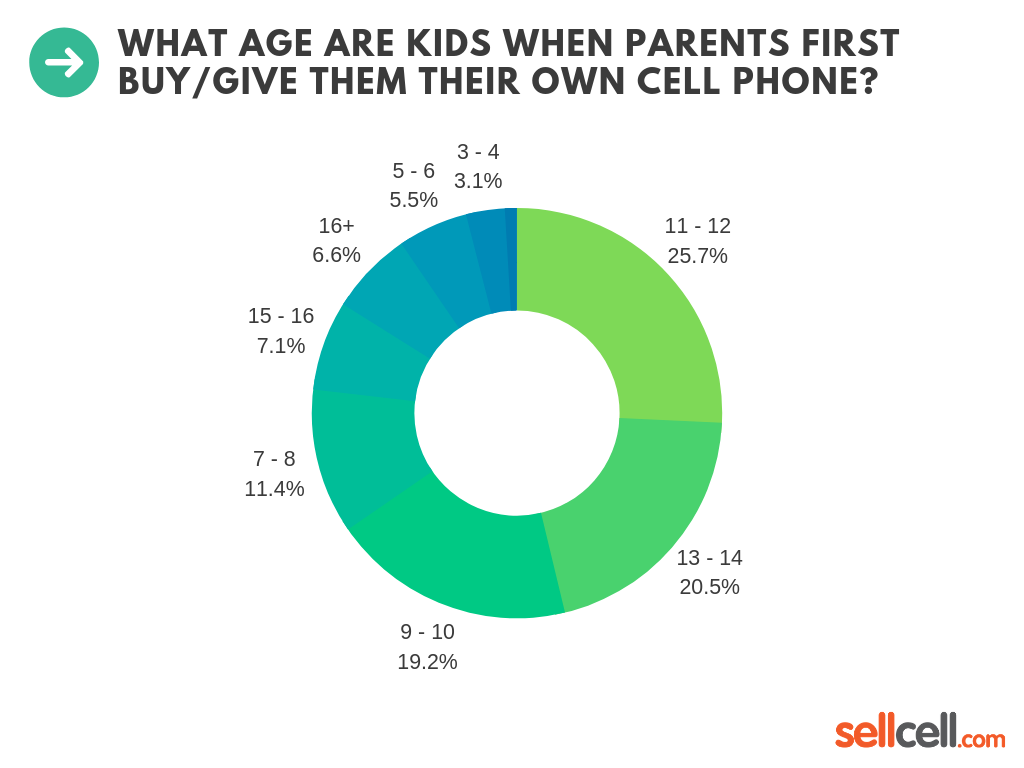
Most experts agree that mobile devices will only become a bigger part of children’s lives, especially with the development of augmented reality, smart toys, assistants for kids, and so on.
What are children actually doing on their devices?
Parents would prefer their children to educate themselves via apps, and that is what makes kid’s education apps very popular. However, according to statistics, children mostly get entertained with applications, and the market for kid’s games, cartoons, and movies is one of the most lucrative markets in this domain.
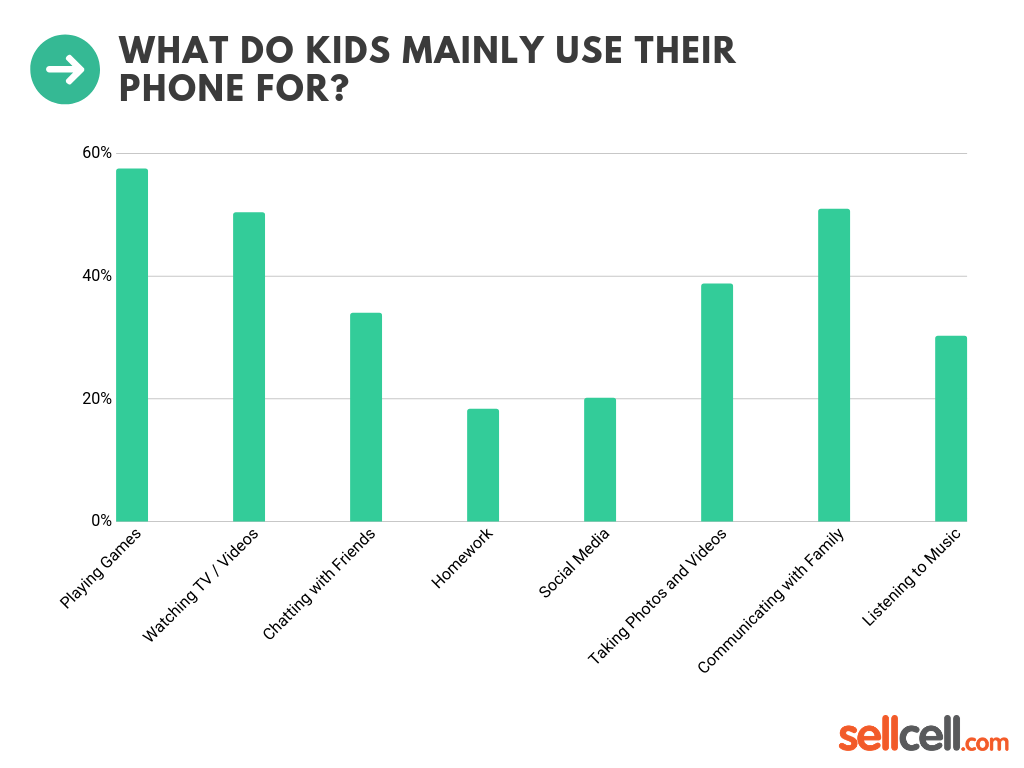
From these statistics, we can see that visual content is the most important type when it comes to applications for kids. Now let’s explore the most popular types of applications that can find their niche in today’s rather saturated market of mobile apps for children.
Types of apps for kids
Video streaming apps
Video streaming is the best way to entertain a kid. Children can watch videos for hours, and parents gladly use this tool to keep their children busy during long trips. The main concern parents may have is with the content. While many video streaming services already have age restrictions, there’s still a chance a kid will run into inappropriate content.
…entrepreneurs make their own video streaming mobile apps, often with educational content in mind
To address this concern, there are separate video streaming applications for kids. The design, UX, and content of these apps are geared toward children. Video streaming applications for kids are often produced by famous media companies. For example, there are children’s applications from Disney, YouTube, and Nickelodeon.
However, some entrepreneurs make their own video streaming mobile apps, often with educational content in mind. For example, BrainPOP Jr. produces one animated video per week, in which animated characters make learning about science, social studies, math, health, and technology fun.
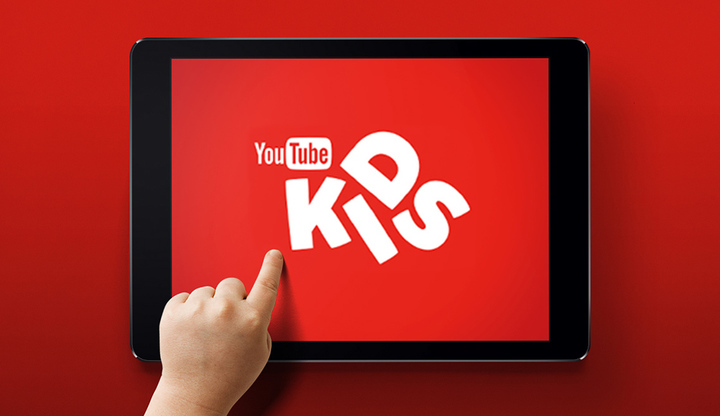
Most video streaming applications offer subscriptions, so it’s easy to monetize them if you’re providing valuable content that kids enjoy and parents can trust.
Educational
There are countless fun learning apps for kids, and the most popular of them are extremely creative. It’s very important to teach kids through games, and app makers come up with all kinds of ideas for their kids learning game apps that can make learning not even feel like work.
For example, Tiny Robot Maker allows children to create their own robots. For drawing, there’s The Very Hungry Caterpillar application that encourages kids to design, paint, and color pictures. Swift Playgrounds can even teach kids the basics of programming!
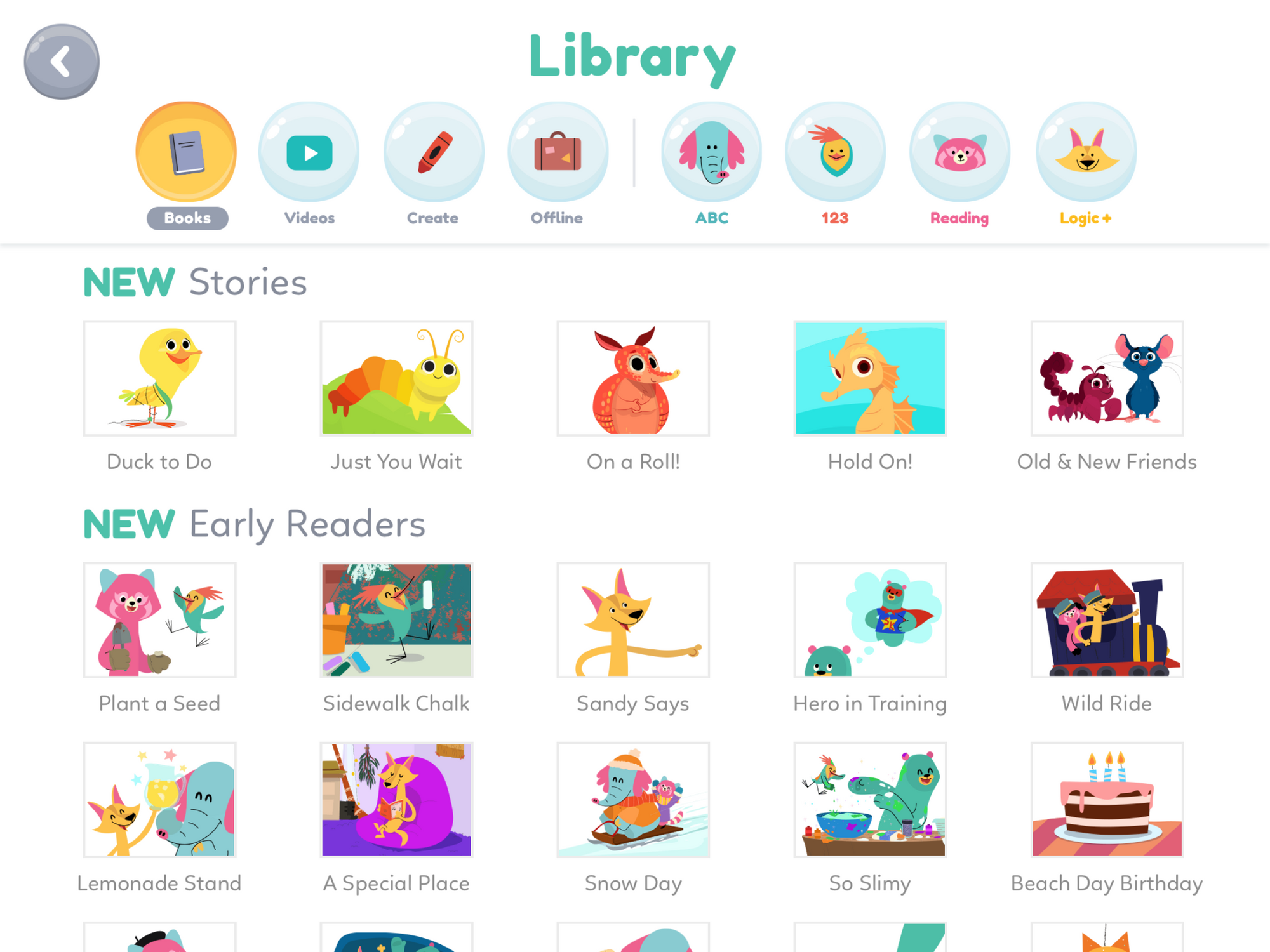
The main thing when it comes to educational applications is to make them engaging and geared toward kids. We’ll talk about this in more detail a bit later in the article.
Educational applications are probably the most fun way to learn, and they give kids an opportunity to learn in different ways. Unlike videos, which kids need to watch attentively to learn something new (which is often difficult for them), interactive applications give both children and app makers lots of opportunities to be creative and flexible about learning.
Games
Sometimes it’s hard to tell games apart from educational applications when it comes to apps for kids. Educational apps look like games, and games can also teach things. However, in this section, we’ll focus on gaming applications that are purely for fun.
The best examples of gaming apps for kids are those derived from famous computer or console games, like Mario, Minecraft, and Animal Crossing, which was based on a classic Nintendo game.
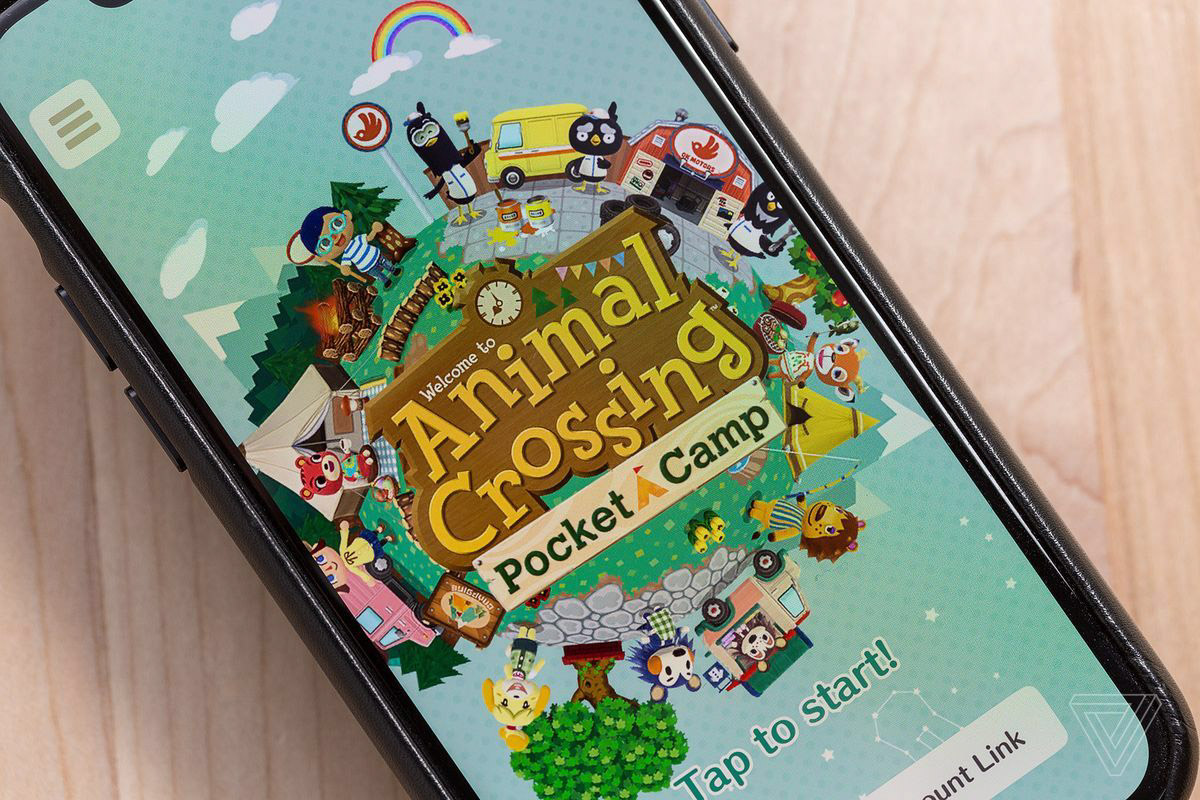
Games are one of the most popular categories of apps for kids. Developing games doesn’t require strong pedagogical skills from entrepreneurs, and it’s rather easy to monetize them. Games also utilize the most recent technologies, for example, at the moment AR is a huge trend, and you can use it in your gaming app for kids to win the competition.
However, gaming apps for kids should avoid integrating in-app purchases, as children don’t always understand that they’re paying for in-game items with their parents’ real money. Speaking of this, let’s discuss tips on developing applications for kids. There are quite a few!
Useful tips on developing apps for kids
Some people think that writing a children’s book is easy. Simple characters, a simple storyline, and some funny jokes and you’ve nailed it. But in fact, it’s more complex than it may seem. You need to consider children’s psychology and what differentiates kids from adults.
Mobile apps for kids are similar to books for kids. If you want to make children learning app or any other kind of children’s app really, you need to remember how to be a child yourself!
Kids and adults: differences
There are three key differences between kids and adults when it comes to designing a mobile app.
Kids:
- Love challenges
- Need constant feedback on every action they take
- Develop fast
Challenges are extremely important when it comes to kids’ apps. This characteristic is more about gaming or educational applications, but even in some videos for kids, you can find creative ways to challenge your viewers.
Actually, even adults love challenges, but only when they expect them, for example in games or gamified applications. Children love challenges everywhere; they make their achievements more significant.
But the challenge is worth nothing without feedback. It’s very important to react to every action a child performs in the application, but this feedback shouldn’t be authoritative. Let me explain.
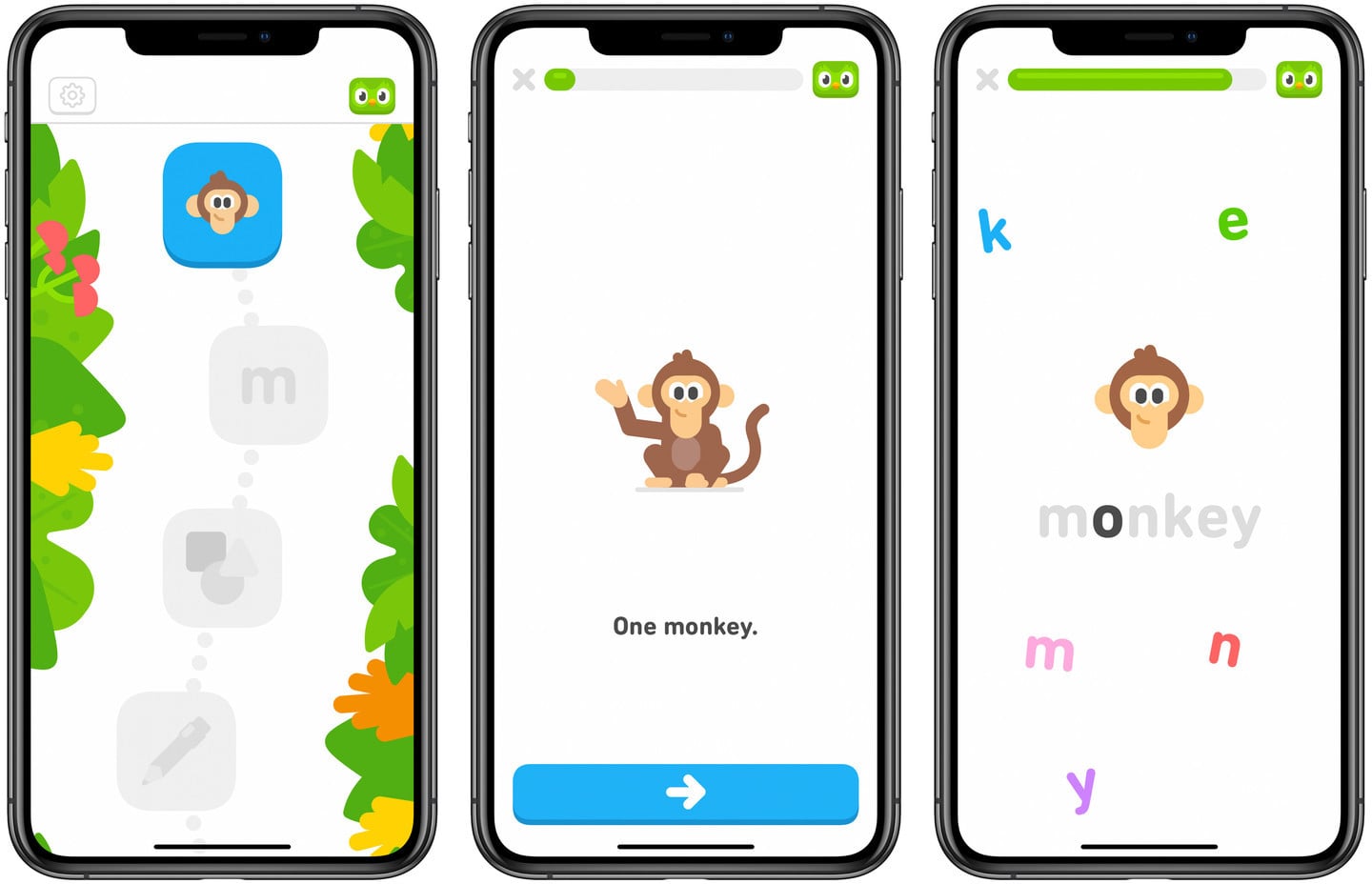
If a kid makes a mistake in an educational application, don’t show the solution right away. Instead, give a hint about what’s wrong and let the kid figure it out themselves. It’s essential to allow kids to make mistakes… and fix them.
Finally, remember that kids grow up really fast. This explains the pretty narrow age groups targeted by children’s apps: ages 3–4, 5–6, and so on. This is because children develop constantly, and an app geared toward a three-year-old won’t work for a five-year-old. A good strategy is choosing a maximum two-year age range.
Kids and adults: similarities
Despite these fundamental differences between children and adults, there are also some similarities. Both adults and kids:
- Expect consistency
- Want an app with a purpose
- Don’t like surprises
- Want the app to exceed their expectations
Consistency is the most important thing when it comes to user experience. Adults hate it when an app is inconsistent and doesn’t allow them to achieve their goals. Children won’t enjoy this either, especially if it’s a bit challenging to use your application at first.
Your app’s purpose is the first thing parents will look at when installing your app on their kid’s device. You need to show parents a reason to use your application, and you need to do it from the very beginning. But adults aren’t the only ones you should convince. Children will quickly get bored if they see that an app is pointless.
Note that surprises and exceeding expectations are two different things. Users won’t probably enjoy it if the app behaves unexpectedly. However, that doesn’t mean you can’t add little things like funny loaders or other small details that evoke positive emotions.
UI/UX requirements
The principles of app design for kids and adults are different, and while parents will probably be installing applications, you need to develop your product for kids first. Let’s discuss what’s important when you design an app for children.
- Be very careful about using in-app purchases as a monetization strategy. If it’s too easy to pay for something in your app, this will probably push away parents. Children won’t understand that they’re paying for things with their parent’s money.
- Don’t place any interactive elements at the bottom of the screen, as children tend to accidentally touch that area.
- Use bright colors.
- Provide many possibilities rather than a script. Children are explorers by nature, so don’t make your application follow a single scenario. This tip applies to games and educational applications.
These are some fundamental things you should keep in mind when developing mobile applications for kids.
Top monetization models for kid’s apps
There are lots of ways to monetize your app, and I advise you to choose the monetization strategy before development because it will affect the way your app will work and look. Here are the most popular and relevant strategies for monetizing your kid’s app:
In-app advertising – make your app free, but allow it to show ads. This strategy is the simplest, and its biggest advantage is that it’s free for your users. However, since it’s a kid’s app, the advertising has to be very subtle and appropriate.
Freemium – this strategy is also popular, because it gives your users a chance to use the app for free, but if they want more advanced features or more content, they’ll need to purchase a premium version.
Subscriptions – this is one of the best monetization strategies for kid’s apps, because you get a stable revenue stream that you can scale. Offer your users a free trial so that they can use your app for a while and decide if they’d like to pay. Subscriptions, however, require impeccable service: you’ll need to update your app regularly and offer new content each month.
There’s also another monetization strategy, that I wouldn’t recommend for kid’s applications, and it’s in-app purchases. Kids shouldn’t be able to make purchases with their parent’s credit cards, because you’ll likely face trust issues, refunds, and other problems that will affect your reputation.
Conclusion
Each year, more and more children get Android and iOS mobile devices like phones and tablets at an early age and spend more time in front of screens. Unlike in previous years, when children spent hours in front of TV, now apps take the lead.
Moderating the use of devices by children is very important, but it’s inevitable in the modern world where technologies support us in almost every part of our lives. As a mobile entrepreneur, you have a chance to make the time children spend on devices useful and meaningful.
If you want to impact the next generation in a good way, a mobile app is a great tool. Contact Mobindustry if you’d like to develop an app for kids. We’ll help you create a product that children will enjoy.

